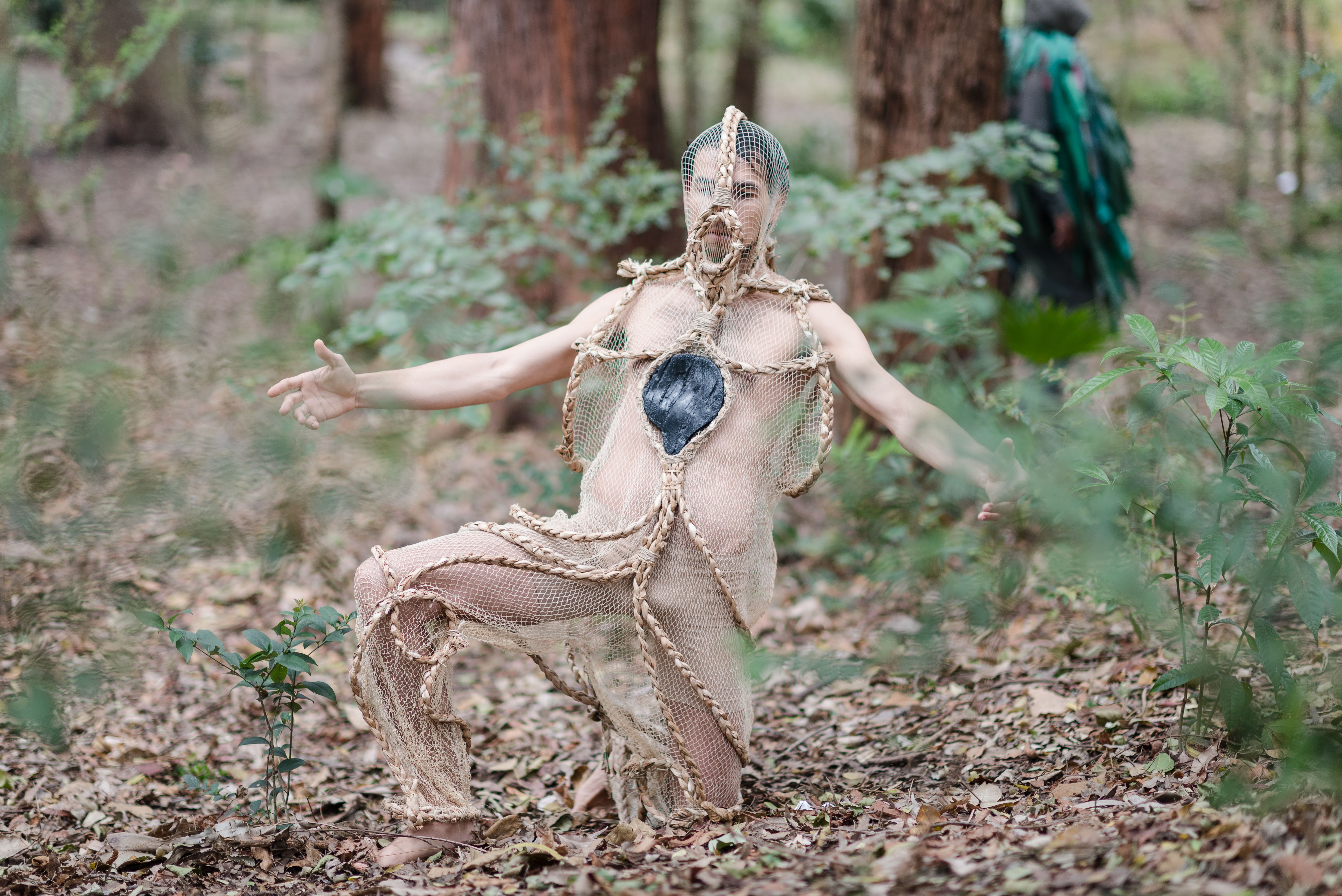Encountering the Uncanny in Heart of the Scarecrow: A curatorial statement by Amy Kazymerchyk
December 07, 2018

People often describe an encounter as uncanny when it feels familiar yet is unrecognizable. The term for this phenomenon is a rough translation of the German words for homely and unhomely. Uncanny poignantly describes Guatemalan-Canadian artist Naufus Ramírez-Figueroa’s approach to creating performances, sculptures and installations which explore the distance between the apparitions of places, characters and narratives and their historical existence.
El Corazón del espantapájaros (Heart of the Scarecrow) is no exception. It draws upon the performance of a socially critical play of the same name by theatre students at the Popular University of Guatemala in 1975, that provoked acute government censorship of the theatre program, an injunction for the company to solely present children’s plays, and the retreat of actors from public cultural life.
Ramírez-Figueroa first learned about the playwright Hugo Carillo and the significance of his 1969 script from Latin American scholar Mercedes F. Durán, who completed her Master’s thesis Hugo Carrillo’s Dramaturgy as a Dialogue About Power at Simon Fraser University in 1993, supervised by Dr. Teresa J. Kirschner, who had acquired Carillo’s personal papers. This encounter with Carillo’s practice surfaced stories of his own relative’s engagement with the 1975 performance, and its influence on his family’s relocation to Vancouver in the 1980s, where he later attended art school and came of age as an artist.

The familiar yet estranged affect of the 1975 performance that re-emerged in his geographically dislocated home, motivated Ramírez-Figueroa to develop six distinct presentations of Heart of the Scarecrow in four countries since 2017. This uncanny series of associations and relations inspired SFU Galleries to present the Canadian premiere and first solo interpretation of the project, in his hometown.
Echoing the theatre students at the Popular University of Guatemala, who significantly departed from Carillo’s script to express their own experience of the civil war, Ramírez-Figueroa’s performance is informed by a contemporary poem titled place of comfort (2016), inspired by the 1969 script, by Guatemalan poet and frequent collaborator, Wingston González.
In spite of its reputation as one of the most severe acts of cultural censorship during the Guatemalan Civil War (1960-1996), no photo or print documentation of the 1975 performance exists. Ramírez-Figueroa often works with material like this that possesses absent, misplaced, forgotten or suppressed elements. These gaps are opportunities to experiment with the ways that the unconscious aspects of dreams, language, memory, and the imagination can manifest as historical ‘documents.’ His installation and performance employ colour, light, gesture, pattern and texture to explore how unfamiliar experiences can become visceral and tangible.

Durán’s exploration of Carillo’s practice and the 1975 performance struck Ramírez-Figueroa because it echoed concerns he also felt regarding the social responsibility of art education, the long-term effects of cultural censorship, and the role of artists in politically difficult times. These questions piqued our interest because we’ve heard similar anxieties echoed by SFU contemporary arts students regarding the development of artistic practices in our current social climate.
In response, SFU third-year theatre students are being encouraged to explore Heart of the Scarecrow through their own material, verbal and gestural vocabularies. They began their exploration in a Fall 2018 class with Assistant Professor Cole Lewis, in which they presented scene studies of the first English translation of Carillo’s script by classmate María Escolán Nuila. Following their introduction to the script, a group of students have volunteered to independently interpret the play’s material to express their own experience. They will also be performing in Ramírez-Figueroa’s installation, and engaging with his props and costumes.
Over the month of January, 2019, Audain Gallery will become a home for a breadth of new artistic and social encounters provoked by the question who is the scarecrow and what is its heart?